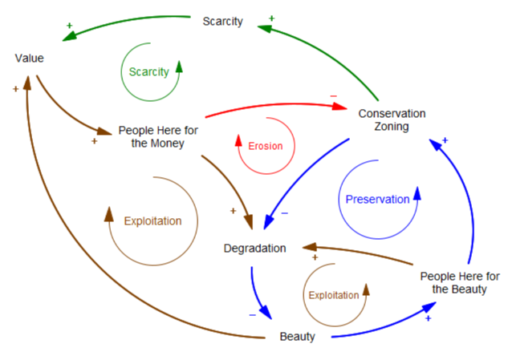I’m lucky to live in a beautiful place, with lots of wildlife, open spaces, relative quiet and dark skies, and clean water. Keeping it that way is expensive. The cost is not money; it’s the time it takes to keep people from loving it to death, or simply exploiting it until the essence is lost.
 Fifty years ago, some far sighted residents realized that development would eventually ruin the area, so they created conservation zoning designed to limit density and preserve natural resources. For a long time, that structure attracted people who were more interested in beauty than money, and the rules enjoyed strong support.
Fifty years ago, some far sighted residents realized that development would eventually ruin the area, so they created conservation zoning designed to limit density and preserve natural resources. For a long time, that structure attracted people who were more interested in beauty than money, and the rules enjoyed strong support.
However, there are some side effects. First, the preservation of beauty in a locale, when everywhere else turns to burbs and billboards raises values. Second, the low density needed to preserve resources creates scarcity, again raising property values. High valuations attract people who come primarily for the money, not for the beauty itself.
Every person who moves in exploits a little or a lot of the remaining resources, with the money people leaning towards extraction of as much as possible. As the remaining beauty degrades, fewer people are attracted for the beauty, and the nature of the place becomes more commercial.
A reinforcing feedback drives the system to a tipping point, when the money people outnumber the beauty people. Then they erode the regulations, and paradise is lost to a development free-for-all.
